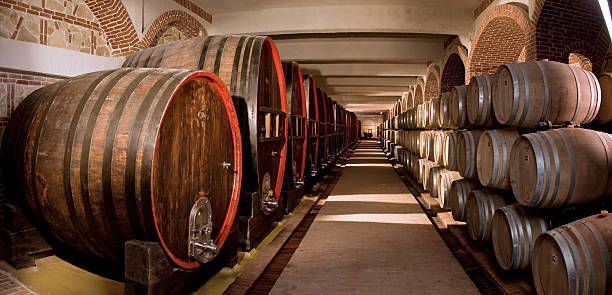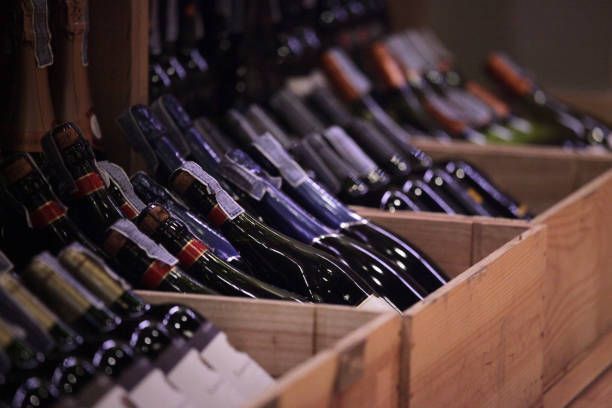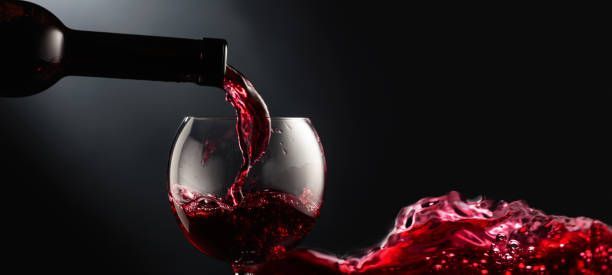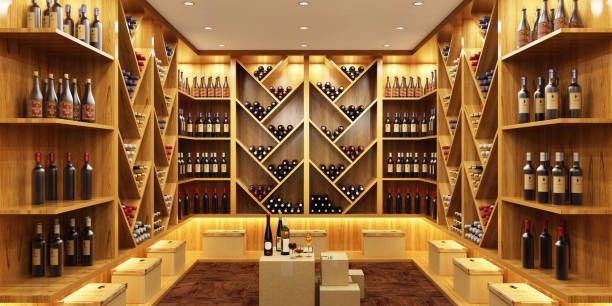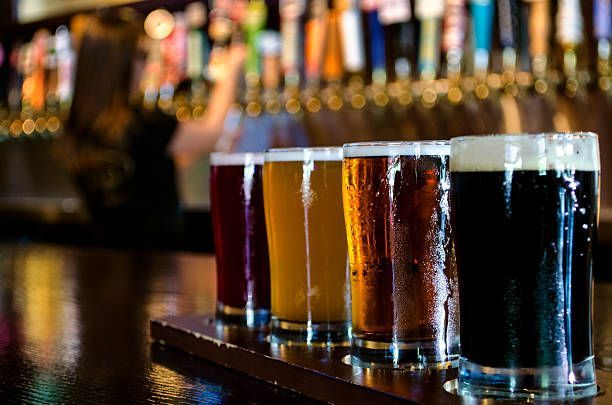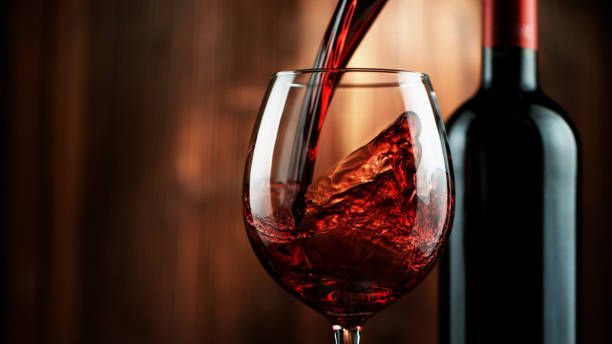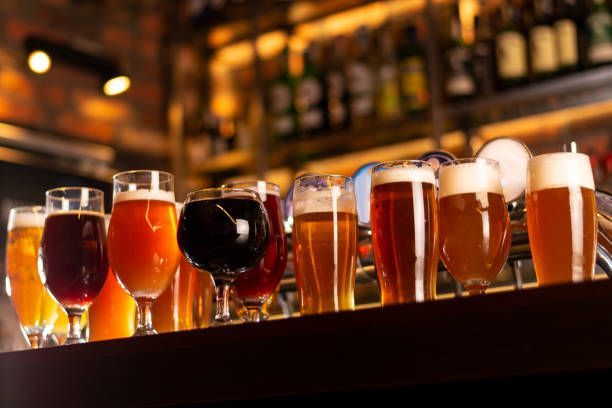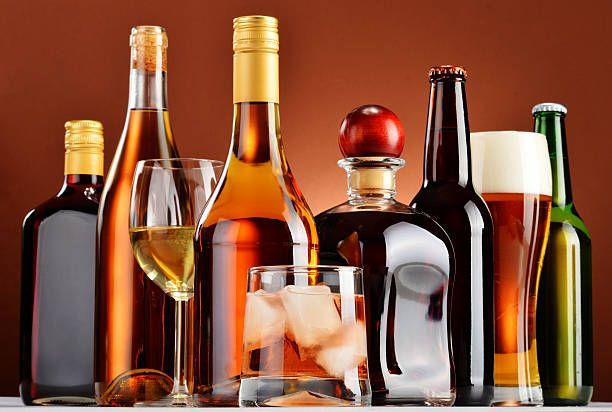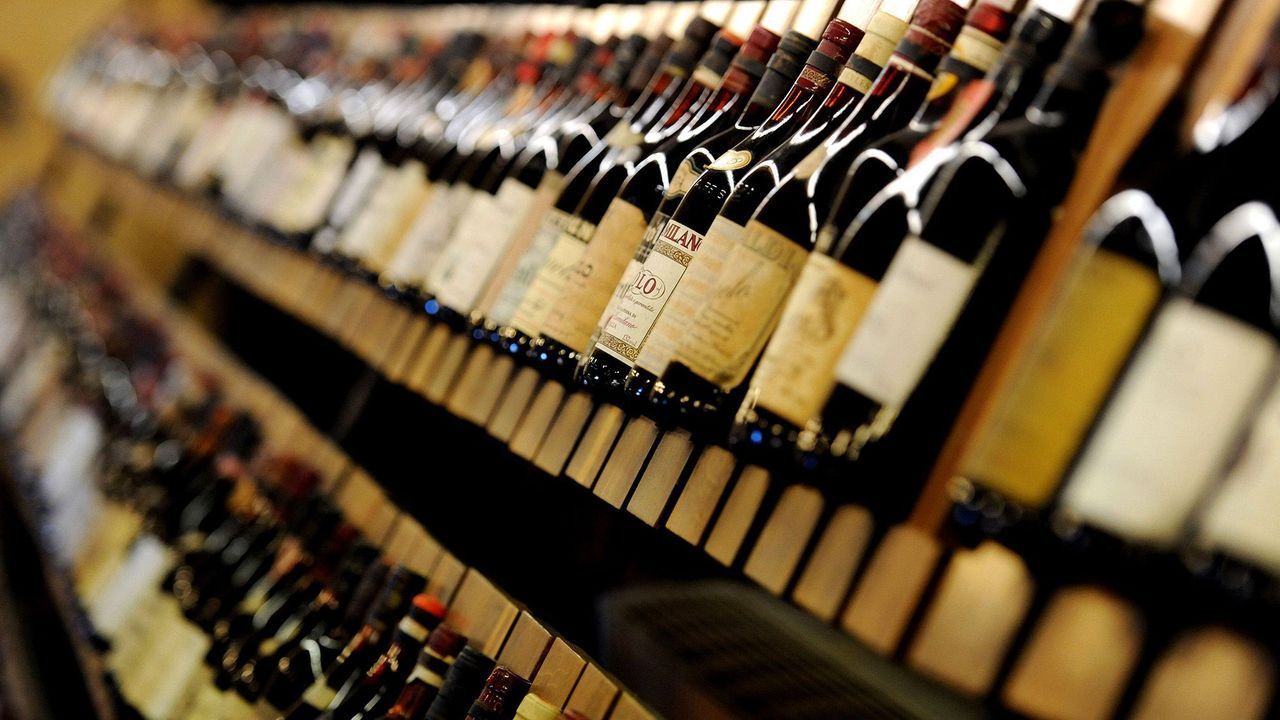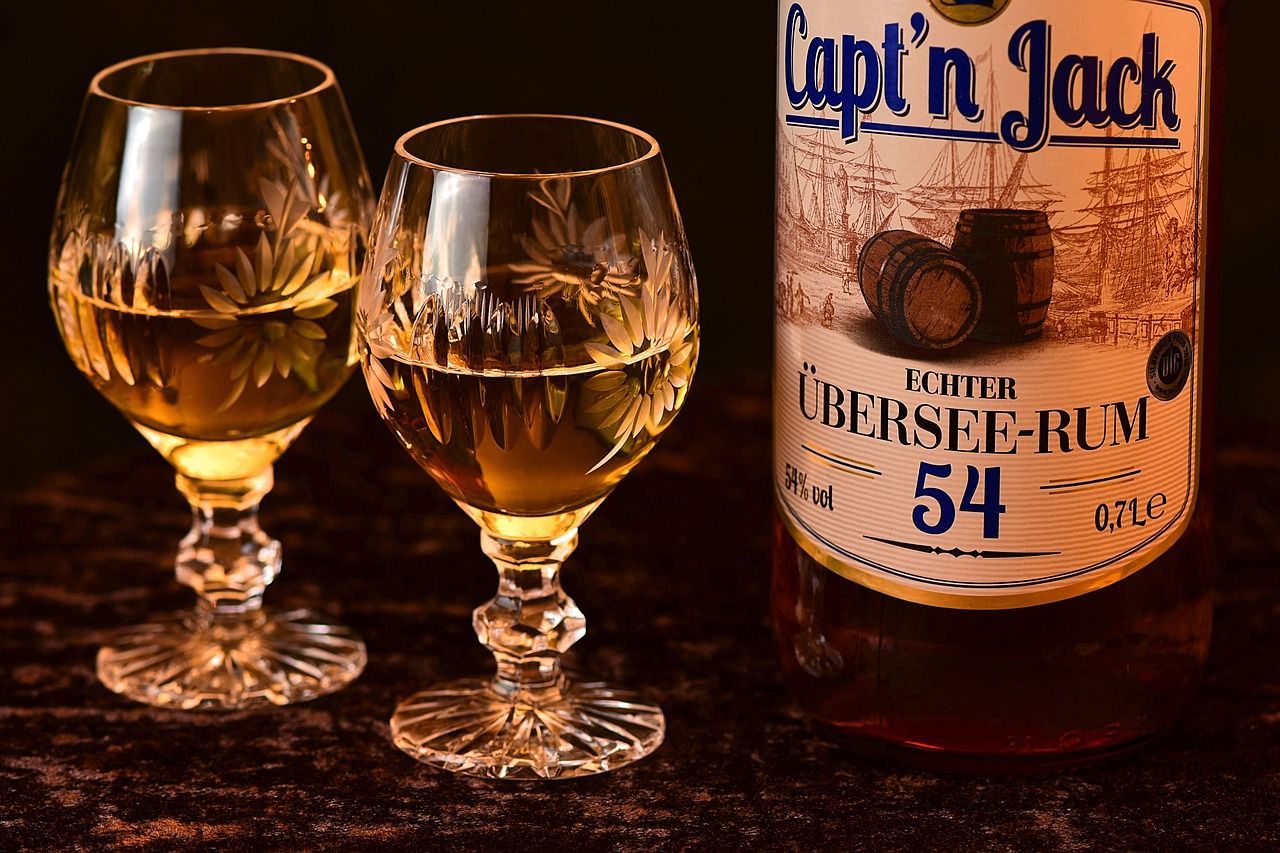Wine Preservation
Imagine coming home after a tiring day to find out that your favorite bottle of wine has gone useless. Could your day get any worse? It is a sad but common thing. If you do not store wine properly, it will spoil fast. However, keeping it at the right temperature and maintaining other conditions will last a long natural life.
If you like to end your day with a glass of wine, you must also like to know how to prolong its life. Read on to learn what spoils your wine and the different methods to preserve it. Let us first start with the benefits of preserving wine.
Wine is a complex mixture of chemicals that can change over time. When a bottle of wine is first opened, the wine is exposed to oxygen, which can cause the wine to change in flavor and aroma. This process is called oxidation. The rate of oxidation is influenced by several factors such as temperature, light, and bottle closure.
Preserving wine can slow down this process of oxidation by minimizing the wine's exposure to oxygen. This can be done by keeping the bottle sealed, storing the wine in a cool and dark place, and laying the bottle down so that the wine is in contact with the cork.
Proper storage can also help to maintain the wine's color and aroma. High temperatures and light can cause the wine to lose its color and aroma over time. So, storing wine in a cool, dark place will help to preserve the wine's color and aroma.
Ageing wine also can enhance the complexity of the wine, as it allows different chemical reactions to happen, also called maturation. A wine that has been aged for several years will typically have more complexity and depth of flavor than a young wine.
What is Wine Preservation?
Wine preservation refers to storing and aging wine to keep it in optimal condition for drinking. Wine preservation techniques include proper storage conditions, controlling oxygen exposure, maintaining temperature and humidity levels, and avoiding spoilage caused by microbial contamination.
Wine preservation uses various methods to keep the wine from deteriorating and increasing its shelf life. Standard techniques for preserving wine include corking and storing it in a dry and dark place. Corking seals the bottle and prevents oxygen from entering. Sulfiting is the addition of sulfur dioxide, a preservative, and antimicrobial agent. Storing in a cool, dark place helps to prevent light from degrading the wine. Other methods, such as vacuum sealing, filtration, and pasteurization, may also be used to extend the shelf life of wine.
Wine can last for years if stored properly, with some varieties lasting over a decade. Red wine typically lasts the longest when stored in a dark place and away from direct sunlight. White wines may last for a few months to several years, depending on the type of wine.
How to Know if the wine has Gone Bad?
Wine can go nasty for many reasons, such as exposure to heat, light, and air, improper storage, or simply because it has been open for too long. Heat can cause the wine to go rancid and spoil faster. Exposure to air can cause oxidation, which results in a vinegar-like taste and smell. Improper storage can cause the wine to deteriorate quickly due to temperature and humidity fluctuations. Finally, wine can go wrong if opened for too long, allowing oxygen to enter the bottle and spoil it. There are many ways to know whether your wine is suitable for consumption.
Smell: The most genuine way to tell if your wine has gone wrong is to take a whiff. It has gone bad if it smells off, vinegary, or just not like wine.
Taste: If the Wine smells off, it's best not to taste it. However, if the wine smells ok, take a small sip and see how it tastes. If it tastes sour or off, it's probably gone poor.
Color: Fresh, young wines are usually a vibrant color. If your wine has taken on a darker hue or appears cloudy, it may be a sign that it has gone nasty.
Sediment: Sediment in a bottle of wine is not uncommon, but if the residue is thick, chunky, or has an unusual color, it could indicate that the wine has gone nasty.
Why is Wine Preservation Essential?
Wine preservation is essential because it helps ensure the wine's quality, flavor, and aroma. Proper wine preservation helps to preserve the delicate flavors and smells of the wine and also helps to prevent spoilage and oxidation. The goal of wine preservation is to maintain the exact condition of the wine over time. It requires the right combination of storage temperature, humidity, and oxygen exposure. Over time, oxygen exposure can cause the wine to become stale and unpleasant to drink. In addition, regular maintenance and cleaning of wine containers, accessories, and labels are necessary for proper wine preservation.
Several things will make your wine last longer. Here are a few steps you can take to ensure that.
Step 1: Store your wine in a cool place, such as a wine cellar or cupboard. It will ensure that the temperature of the wine remains consistent and will slow down the aging process. The temperature has a significant impact on wine. It plays a crucial role in wine preservation. The optimum temperature range for preserving wine is between 10°C and 15°C (50°F and 59°F). Any higher than this, and the wine can begin to spoil. Higher temperatures cause the wine to age too quickly and can affect the flavor and aroma. It is essential to keep the temperature of the wine constant to prevent spoilage. Alternatively, you can invest in a wine cooler. A wine cooler will help keep the temperature of the wine consistent, which will help preserve the flavor and sweetness of the wine.
Step 2: Avoid exposing the wine to oxygen. Use a wine stopper, cork, or vacuum pump to remove the bottle's excess air. These methods will help prevent oxidation and keep the wine tasting fresh for longer. If you want to save the wine for later, it is best to store it in a wine bottle or a box. Storing wine in a box or bottle will help to keep the wine away from oxygen and will help to keep the flavor and smell fresh.
Step 3: Keep your wine away from direct sunlight. The UV rays from the sun will cause the wine to spoil, so storing it in a dark place is essential. Stopping the air from entering the bottle is the key to preserving an opened bottle of wine. Exposure to light can cause the wine to spoil quickly, as it can break down the tannins in the wine and cause oxidation. Keep your wine in a dry and shady place to ensure it lasts longer.
Step 4: Humidity is another crucial factor in wine preservation. Too much or too little humidity can spoil the wine. The ideal humidity for storing and preserving wine is 55-75%. When the humidity is too high, the bottle's cork can swell, allowing air to enter the bottle and oxygen to interact with the wine. The peg can dry out when the humidity is too low, allowing air to enter the bottle and oxygen to interact with the wine.
Step 5: Vibration and movement can cause the wine to age too quickly and spoil. Avoid moving your wine around too much. Keep your wine in a place free from vibration and action to ensure it lasts longer.
By following these simple tips, you can help ensure that your wine will stay fresh and flavorful for longer.

Methods of Wine Preservation
Wine is one of the oldest and most celebrated beverages in the world. Whether you're a connoisseur or enjoy a glass of wine now and then, proper wine preservation techniques are essential for keeping your favorite bottles fresh and flavorful. Wine preservation is the process of preventing the wine's oxidation and can involve various methods. These methods range from essential countertop solutions to more sophisticated options involving specialized equipment. From simple temperature maintenance to proper storage techniques, many steps can ensure the wine stays in top condition.
Vacuum Sealing
Vacuum sealing is a great way to preserve wine and keep it fresh. It removes oxygen from the bottle. It helps to prevent oxidation and keeps the wine tasting fresh. Vacuum sealing helps to reduce the amount of exposure the wine has to the air, which can cause oxidation and spoilage. This method also helps protect the wine's flavor and keep it tasting as it should. Vacuum sealing also helps to keep wine away from light and other environmental factors that can cause it to spoil. It is possible using a vacuum sealer, which is relatively inexpensive and easy to use. To seal a bottle of wine, you'll need a vacuum sealer and an appropriate bag for the bottle. Start by inserting the bottle into the bag, and ensure that you seal it adequately. Then, attach the vacuum sealer to the bag and activate the machine. The vacuum sealer will remove the air from the pack and create a seal around the bottle. This vacuum will help to keep the wine fresh and protected from spoilage.
Temperature Control
Temperature control is essential for preserving wine. Storing wine at extreme temperatures can ruin the wine leading to aging and loss of flavor. Temperature control is critical in wine preservation. Keeping wine at the proper temperature can help slow oxidation, leading to spoilage and poor quality. The ideal temperature for storing your wine is between 50-60°F (10-15°C). The optimum humidity level for storing wine is between 50-70%, depending on the relative humidity of your area. Keeping wine away from direct sunlight and heat sources is also essential. Temperatures that are too high can cause the wine to spoil quickly, while temperatures that are too low can cause the wine to age prematurely.
UV Protection
UV rays from the sun can cause oxidation in wine, resulting in a flat or stale taste. To prevent this, store the wine in a dark place using UV-protective glass or plastic containers. The use of ultraviolet (UV) light for wine preservation is gaining traction with winemakers and consumers alike. UV light is electromagnetic radiation that can kill bacteria, viruses, and other microorganisms that can spoil the wine. UV light can also help keep the wine from oxidizing, which can affect its flavor and aroma.
The use of UV light for wine preservation is an old technique. It was first used in the late 19th century when winemakers sterilized their barrels and bottles. The same technology is now valuable for protecting wines from oxidation and microbial growth.
When selecting a product for UV protection, it is vital to consider the type of UV light used and how it is applied. Low-pressure mercury vapor lamps are the most popular type of UV light used for wine preservation. They emit shortwave UV light, the most effective wavelength for killing bacteria and other microorganisms. The lamps must be placed at a distance of 2 to 4 feet from the wine barrels and should be left on for several hours to ensure proper sterilization.
UV filters can also protect wine bottles from oxidation and microbial growth. These filters are placed on the necks of wine bottles and absorb UV radiation.
Corks
Natural corks are the most common way to seal a bottle of wine. They are effective. Corks are the traditional method of wine preservation. The cork is a natural sealant that prevents oxygen from entering the wine bottle and spoiling it. Corks are also a natural insulator, keeping the wine at a consistent temperature. This block helps to prevent oxidation, which can cause the wine to become sour. The cork also protects from light, which can affect the flavor of the wine.
When using corks for wine preservation, it is essential to ensure that the peg is high quality. Low-quality corks can contain impurities that can spoil the wine. It is also vital that it fits snugly into the bottle with no gaps or air pockets. This peg will help to keep oxygen from entering the bottle and spoiling the wine. Finally, store the wine in a cool, dark place to prevent it from spoiling.
Follow these techniques to enjoy your wine for an extended time!
